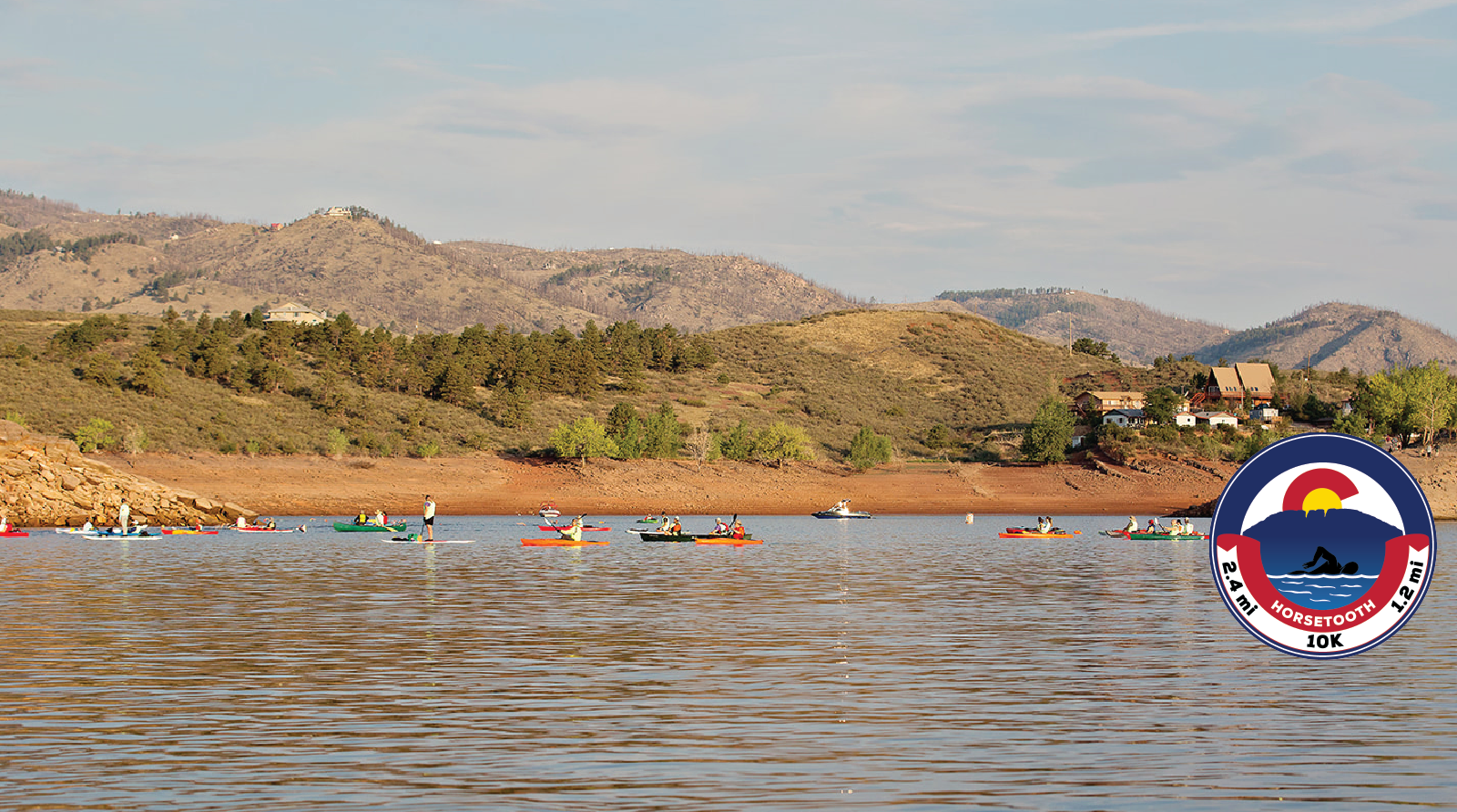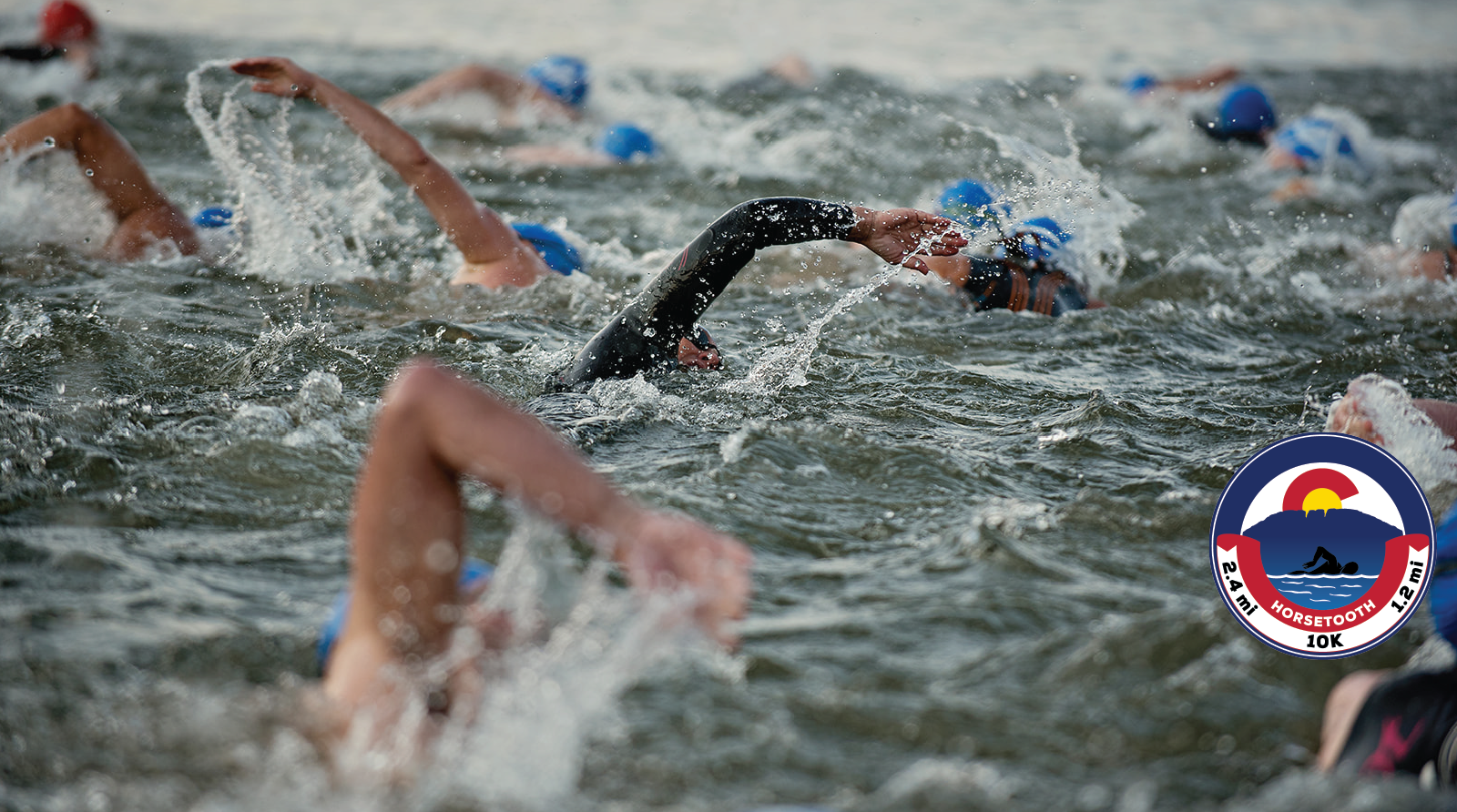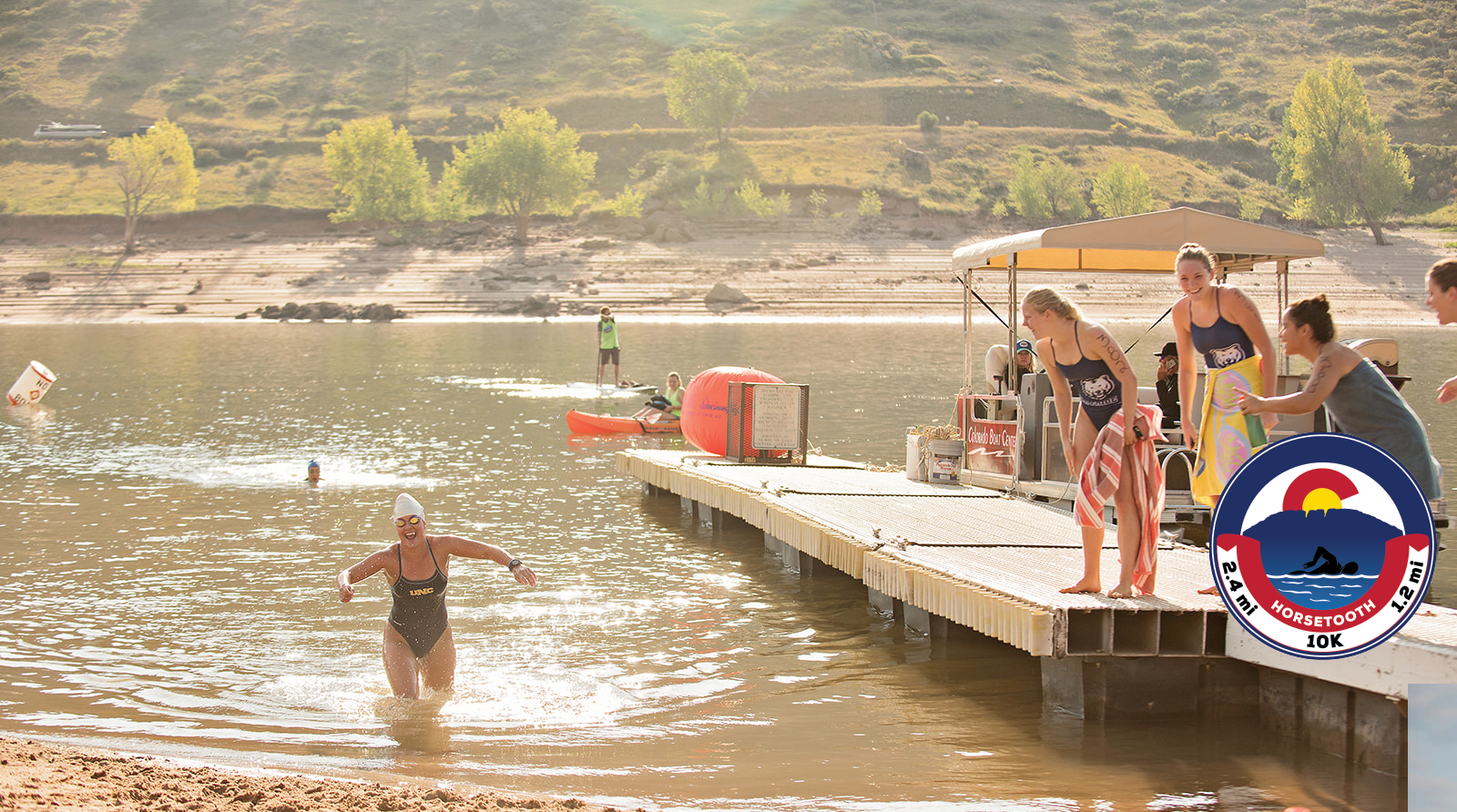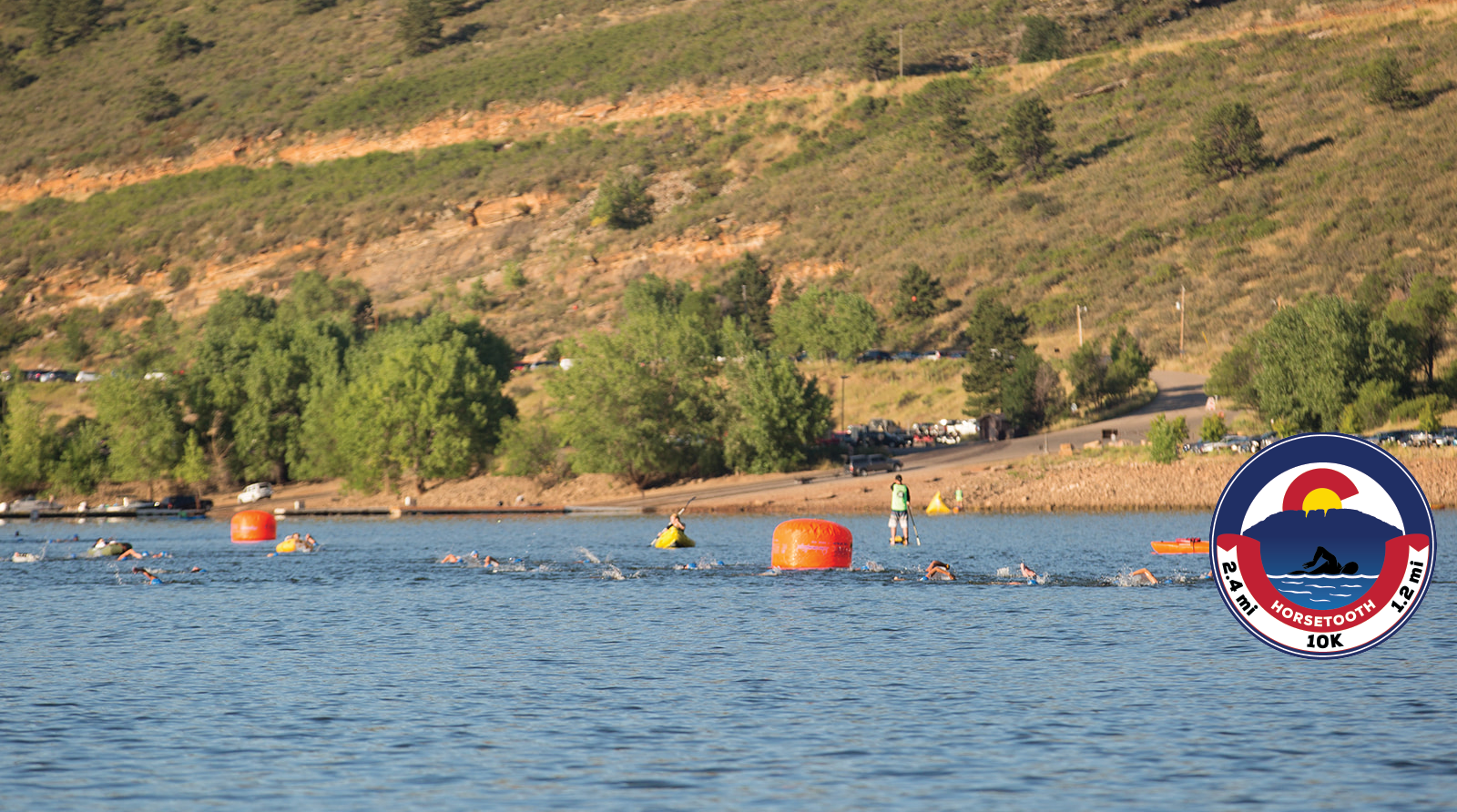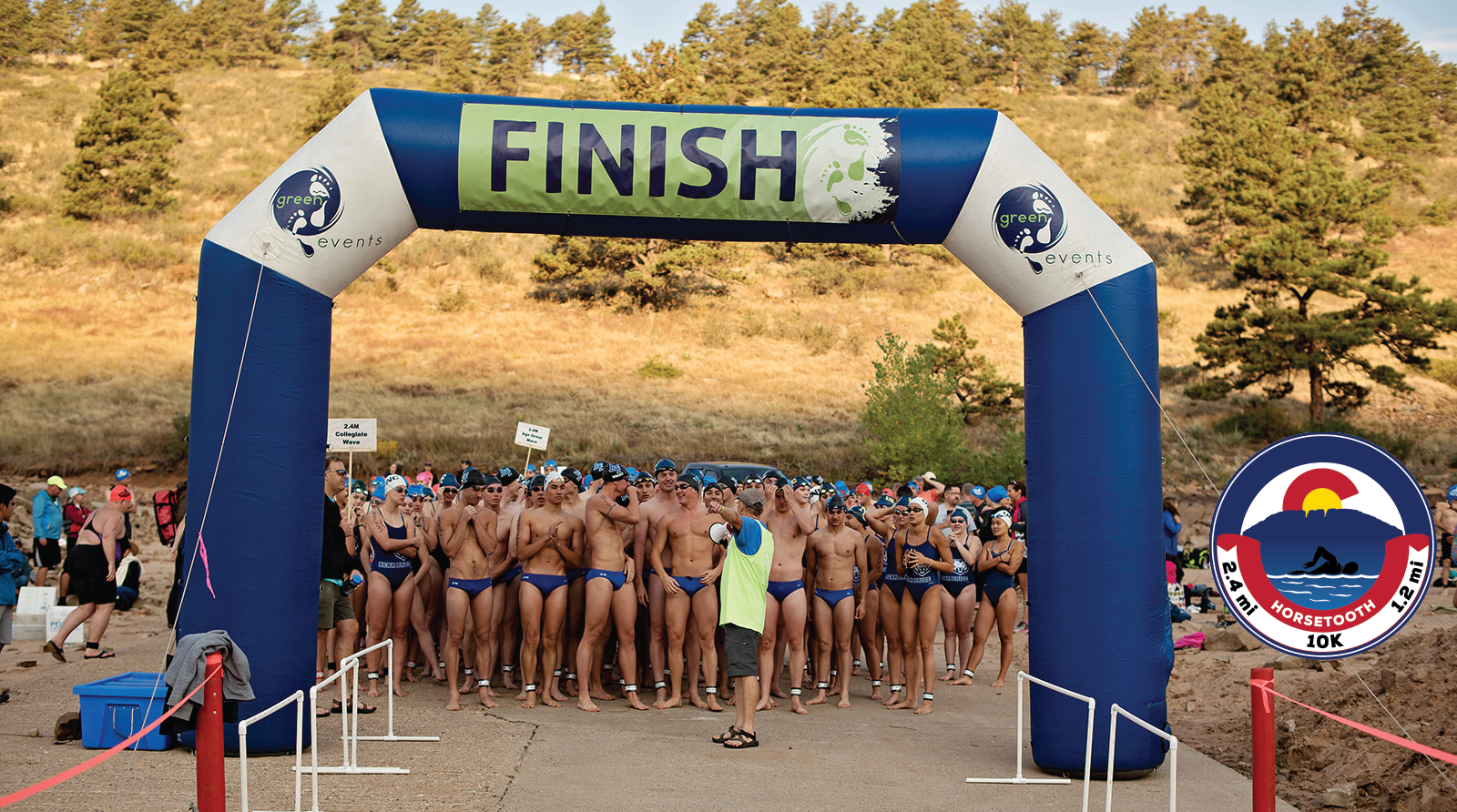Hypothermia
The biggest challenge that a swimmer will have at the Horsetooth Open Water Swim is handling the colder water for the extended period of the swim. Being a high altitude lake, the water temperature stays relatively cool year round. At the time of the swim, it typically reaches 65 to 70 °F.
Information on hypothermia is available at hypothermia.org.
Swimming Induced Pulmonary Edema
Swimming-Induced Pulmonary Edema (SIPE) is a rare condition. It is similar to High Altitude Pulmonary Edema (HAPE) that is well known to moutaineers. In both cases, fluid fills up the lungs. The fluid is not from an external source, but rather from the blood vessels themselves. If enough fluid collects in the left lung, it may prevent the heart from beating as normal. This is a medical emergency. If this happens, the swimmer should stop immediately and get Dive Rescue and/or the EMTs to them as soon as possible. The “good” news is it’s pretty easy to detect. A swimmer will mostly likely be coughing and spitting up a pink froth as well as complaining of shortness of breath. Chest pain is not a symptom.
Articles on SIPE include:
SIPE on Wikipedia
Swimming-induced pulmonary edema: clinical presentation and serial lung function
Managment of SIPE
When Drowning Doesn’t Look Like Drowning
This is a very informative article on what to look for when a person is drowning. It’s not what you expect. Paddlers and other support people should be aware of these signs.
